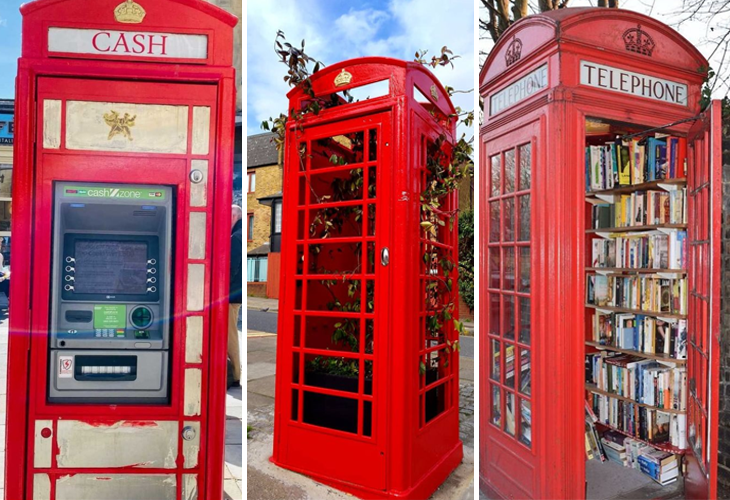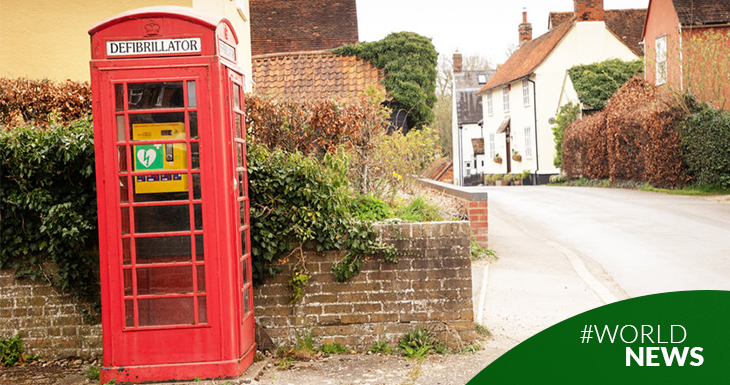El gobierno británico preserva las 21.000 icónicas cabinas de teléfonos que casi nadie usa, y son uno de los símbolos del país.The British government preserves the 21,000 iconic telephone boxes that hardly anyone uses, and they are one of the symbols of the country.
Currently, BT Group - multinational telecommunications operator - and The Community Heartbeat Trust - charity - are working together to help communities turn their phone booths into local medical centers, using them as space for public access defibrillators, storing the defibrillator in a place that is well known, safe and protected from the elements.
BT will provide free electricity for the first 7 years of the venture for all CHT projects. There are thousands of BT phone booths in the UK idle and by having a defibrillator installed they could help save lives. After cardiac arrest, the chance of survival decreases by 23% per minute. Therefore, it is very important that medical treatment is started as soon as possible. The UK Resuscitation Council suggests that a defibrillator should be available whenever medical treatment is more than 5 minutes away.
Adopt a Kiosk scheme: a very English custom of keeping the old and obsolete as a historical statement
Let us remember that this plan called “Adopt a cabin” has been around for a few years, and allows NGOs or municipalities to buy a booth at the symbolic price of £1 and adapt it for other purposes. In recent years, some 6,600 of them have become a point of exchange for books such as the one in Warwickshire, a cafe in Hampstead - whose owners are of German-Pakistani origin -, gardens with plants and vines that enter and leave through the windows and even in the summer months, Londoners can also eat salads in one of the Bloomsbury Square booths.
Other phone booths were converted into mini workstations for travelers, equipped with monitors, printers, plugs and even hot drink machines. Many of them have also been sold to foreign countries, which in turn offer them as an exotic item for various applications.

A bit of history: Who was the inventor of the iconic phone booth?
Sir Giles Gilbert Scott was the one who designed the iconic red London phone booth for a competition held in 1924. His original design envisioned the wooden booth, however, this material was soon replaced by metal for the second version known as the K2 with an oval roof.
Getting into the urban landscape was not easy: everyone involved, from art to politics and public administration, had to decide whether it was the right design for the streets of London in the 1920s-30s. At its peak, between the 20th and 21st centuries, around 92,000 cabins populated the United Kingdom.
The symbol of a time that is gone, it will have a second chance: the enormous task of saving lives. Long live the phone booths!


